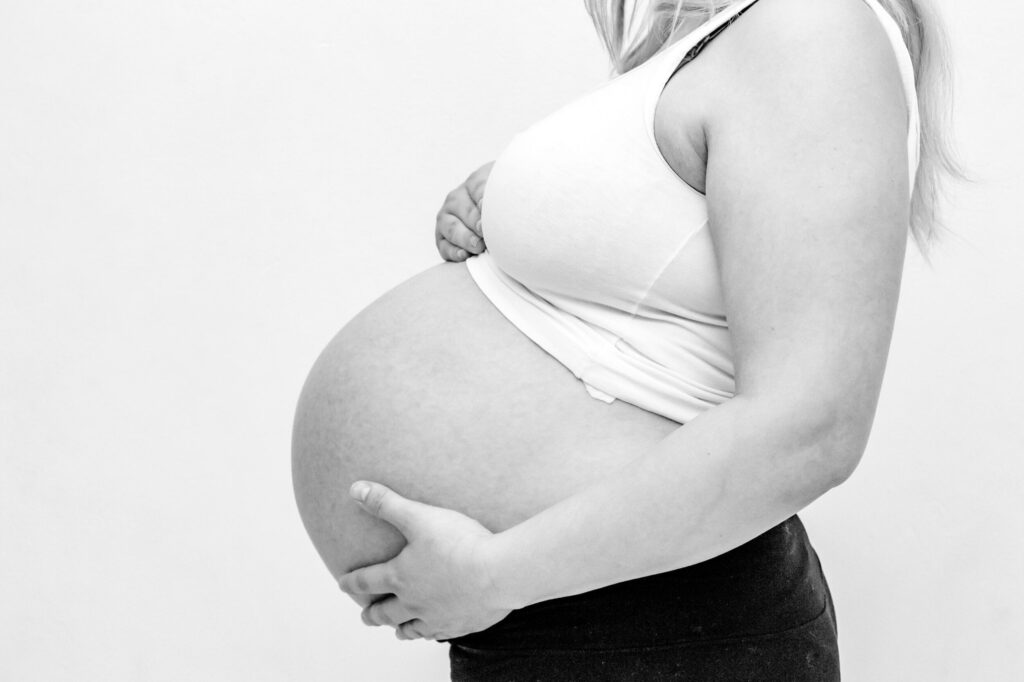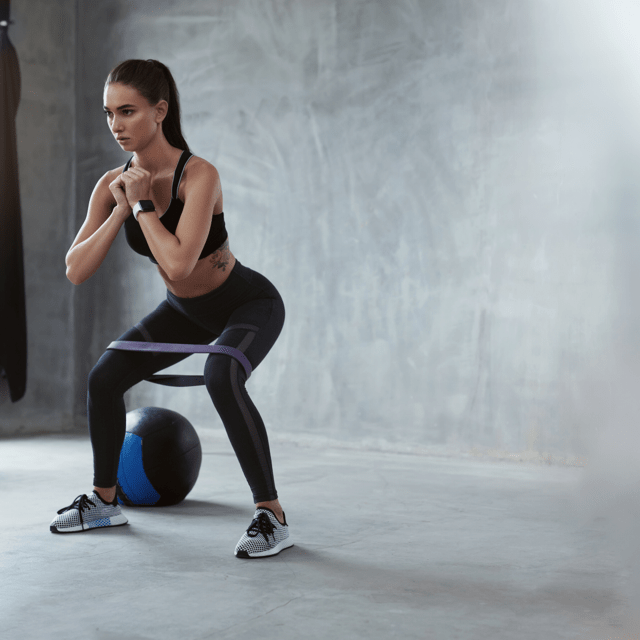How specialist Women’s Health Physiotherapy can help you recover from birth.
Women’s bodies are amazing! Growing and giving birth to a baby however astonishing can put significant stress and strain on a woman’s musculoskeletal system.
Statistics show that after having a baby half of women have a weakness in their abdominal or pelvic floor muscles. Up to 60% have a separation of their abdominal muscle (Diastasis Recti) at 6 weeks post birth. 45% may experience some urinary incontinence which can remain present for years following the birth. 25% of women giving birth experience ongoing pelvic pain which may become chronic.
Despite these statistics and the obvious common incidence of these symptoms it is shocking that we are still not really having the conversations about how pregnancy and birth affect a woman’s body. After having a baby, it is not normal to leak a bit, for sex to be painful or to have ongoing back or pelvic pain. If you injured your calf whilst running, you would seek treatment for the injury before returning to the sport. Yet so many women endure the ongoing physical symptoms that occur as a result of pregnancy and birth as just “what happens”.
It doesn’t have to be this way. The good news is many of these symptoms can be managed, improved and in many cases resolved with the correct advice, treatment and safe exercises. A great place to start is a Mummy MOT.
A Mummy MOT is a specialist postnatal assessment carried out by a specially trained physiotherapist. It can happen any time from 6 weeks after birth but can still be needed and useful many years after having children! Once you have had a baby, your body is always postnatal! It is equally important to get checked whether you had a vaginal delivery or a Caesarean.
During the hour-long assessment there is plenty of time to discuss the woman’s concerns about her physical recovery and personal goals for return to function or exercise. This is so extremely important as the postnatal period is (quite rightly) focussed on the babies needs that the mothers are often put on the back burner.
The assessment looks at posture and muscle function specifically around the lower back, pelvis and hips but can include the whole body even down to the feet! Previous aches and pains are taken into account as well as how the body has adapted to the growing bump and following the birth.
There is an in-depth check of the abdominal muscles to check for separation (diastasis) which can affect spinal stability and core and pelvic floor function.
Finally, there is an assessment of how the pelvic floor muscles are working by an internal vaginal exam. This may sound a little scary and is often the last thing women want to do after giving birth. However, it’s very gentle, we always go at a woman’s own pace. The vaginal exam gives us vital information about how the pelvic floor muscles are working and the woman essential feedback to help them make sure they are contracting their muscles correctly.
A bespoke rehabilitation programme is provided following the assessment. This may simply be advice about safe return to exercise and daily function and some initial core strengthening exercises or further “hands on” physiotherapy treatment and a more comprehensive exercise programme may be required. All rehabilitation programmes are devised especially for the individual woman, taking into account her lifestyle and fitness goals and designed to optimise her function.




